The dryer control board is a crucial element in laundry machines, essential for the effective and secure functioning of dryers. It manages a range of operations including heat regulation, timing of the drying process, and cycle preferences, adapting to the specific requirements of various dryer models and makes.
Types and Characteristics of Dryer Control Boards
Dryer control boards are tailored to the unique specifications of the dryers they govern. For example, the Samsung dryer control board is crafted for Samsung's advanced drying systems and often includes smart technology for superior performance. The Whirlpool duet dryer control board is designed to handle the sophisticated features of the Duet line, like adaptive drying technology and steam functions. The LG dryer control board is known for its cutting-edge diagnostics and NFC tags for intelligent troubleshooting, whereas the Maytag dryer control board is recognized for its durability, particularly in demanding drying conditions. Each board is distinctively programmed to interact with the specific electrical and mechanical parts of the dryer it serves, guaranteeing efficient functionality and extended appliance lifespan.
Structure and Operation of Dryer Control Boards
The architecture of a dryer control board is a testament to contemporary engineering, featuring an intricate network of microprocessors, relays, and circuits. At its heart, the microprocessor interprets inputs from the user interface and the dryer's sensors. It then directs relays to activate the heating elements, motor, and other vital components. This harmonious exchange between the microprocessor and relays ensures the dryer operates effectively, adhering to the user's chosen settings and making instantaneous adjustments based on sensor data. The circuit design is carefully crafted to manage the electrical demands, with safeguards to prevent damage from power fluctuations and other electrical irregularities.
Materials and Properties
The construction materials for a dryer control board are selected for their robustness and capacity to endure the intense environment within a dryer. Steel offers a solid base, while aluminum provides a durable yet light structure for the board. ABS plastic is used for the casing due to its superior thermal resistance and insulating qualities, vital in the high-temperature surroundings of a dryer. Stainless steel and iron are chosen for their conductive properties and rust resistance, ensuring dependable connections. Insulating substances like PP and Pa are employed in sections where electrical insulation is critical to avert short circuits and to cope with the elevated temperatures during operation.
Business Usages and Applications
The dryer control board plays a pivotal role in various commercial applications. In the hospitality sector, it guarantees that hotel dryers can operate incessant cycles, providing guests with consistently fresh linens and towels. Laundromats depend on these boards to handle the substantial volume necessary for sustained profitability. In industrial contexts, such as factories, they regulate robust dryers crucial for processing workwear and equipment. These control boards also ensure that space limitations do not hinder the drying process in outdoor and mobile settings, like RVs or mobile homes.
Functions and Tasks
A dryer control board's primary role is to oversee and carry out the drying cycle with utmost efficiency. It modulates the temperature to shield garments from heat damage, adjusts the duration of drying cycles to minimize energy consumption, and collaborates with moisture sensors to prevent over-drying of clothes. Some boards come with additional features like delayed start, anti-wrinkle options, and customizable programs designed for specific fabric types or drying needs.
Features and Capabilities
Contemporary dryer control boards are equipped with a range of features that elevate the user experience and functionality. These may encompass LED displays for straightforward cycle monitoring, touchpad interfaces for sleek operation, and smart home device compatibility for remote control. Distinctive advantages may include self-diagnostic tools that facilitate troubleshooting by pinpointing the exact issue, or eco-friendly modes that calibrate cycle times and temperatures for lower energy use.
Benefits and Positive Outcomes
Incorporating a premium dryer control board into a drying system yields numerous advantages. For enterprises, it translates to reduced downtime and more consistent performance, potentially enhancing customer satisfaction and retention. For consumers, it means lower utility costs, less time devoted to laundry chores, and the assurance of a safely functioning appliance. The precise management provided by these boards also results in a smaller environmental impact, aligning with sustainable business practices and personal ethics.
How to Use and Operate Effectively
To effectively utilize a dryer control board, users should choose the suitable cycle for the load being dried, employ moisture-sensing options to avoid undue wear on textiles, and activate energy-efficient modes when feasible. Familiarity with the various functions and settings on the control board is essential to optimizing the drying process's efficiency.
How to Choose the Right Model
When choosing a dryer control board, confirming compatibility with the dryer model is crucial, as is considering the specific features that will fulfill the user's requirements. For those seeking to enhance their dryer's capabilities, boards with advanced functionalities like smart home integration may be appealing. The board's quality and the manufacturer's reputation should also be taken into account.
How to Clean and Maintain
Regular maintenance of a dryer control board includes cleaning the lint trap and exhaust of the dryer, as well as ensuring the surrounding area is clear of dust and debris that could obstruct airflow. Routine checks by a certified technician can preserve the board's functionality and prolong the dryer's service life.
How to Install
Installing a dryer control board is a sensitive task that requires safety measures such as disconnecting the power supply before starting. The procedure typically involves opening the control panel of the dryer, detaching the old board, and meticulously fitting the new one, ensuring all connections are secure. Owing to the technical nature of this operation, professional installation is often recommended for safety.
Target Audience and Meeting Needs
The intended market for dryer control boards encompasses both commercial entities and private individuals aiming to repair, enhance, or maintain their drying machines. These boards are crafted to satisfy the demands of a diverse clientele, from those needing basic drying operations to those desiring sophisticated features for an intelligent laundry experience.
What are the signs that a dryer control board needs replacement?
Indicators that a dryer control board may require replacement include non-responsive controls, inaccurate cycle durations, or an inability to initiate. Error messages on the dryer's display can also signal complications with the control board.
How can one troubleshoot common issues with dryer control boards?
Addressing issues with a dryer control board typically begins with consulting the appliance's manual for specific error codes and recommended actions. Resetting the board, verifying connections, and inspecting for visible damage can rectify some prevalent problems. For more intricate difficulties, enlisting a professional technician is advised.
Where can one find a compatible dryer control board for their appliance?
Suitable dryer control boards for a variety of models are available on Alibaba.com. The site provides an extensive selection of boards compatible with different brands and models, ensuring that businesses can locate the precise component for their appliances.
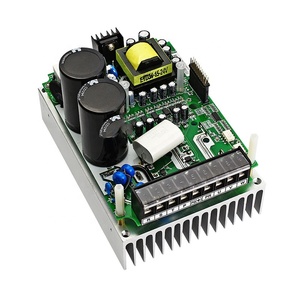






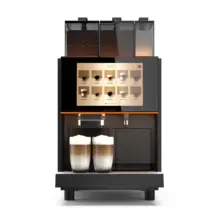

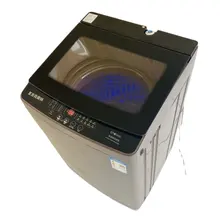
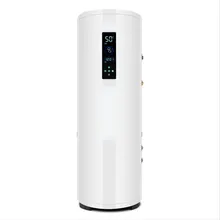
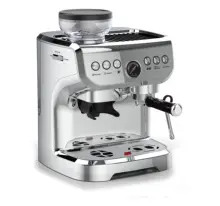


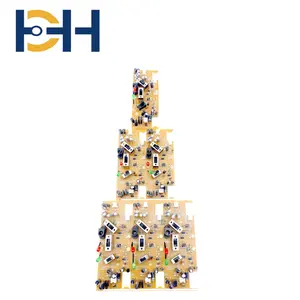

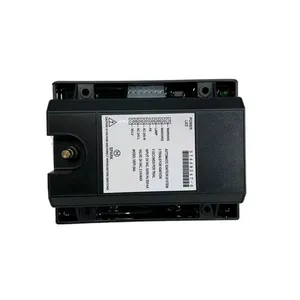






















 浙公网安备 33010002000092号
浙公网安备 33010002000092号 浙B2-20120091-4
浙B2-20120091-4